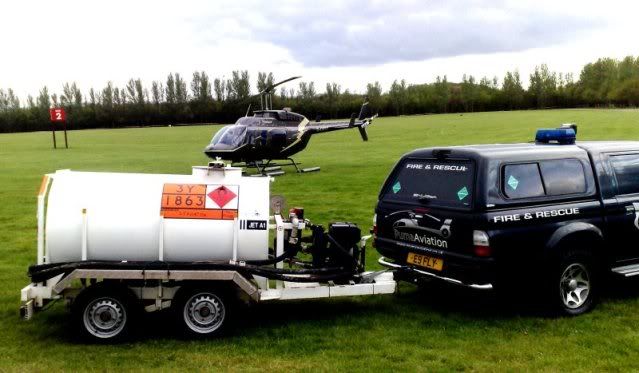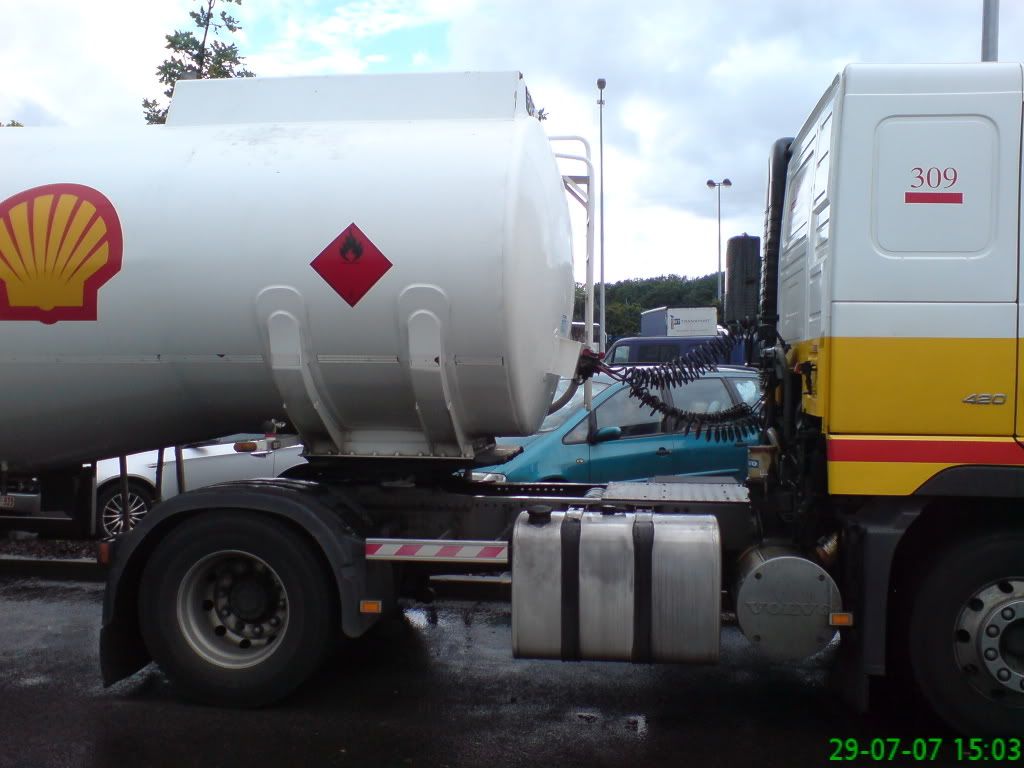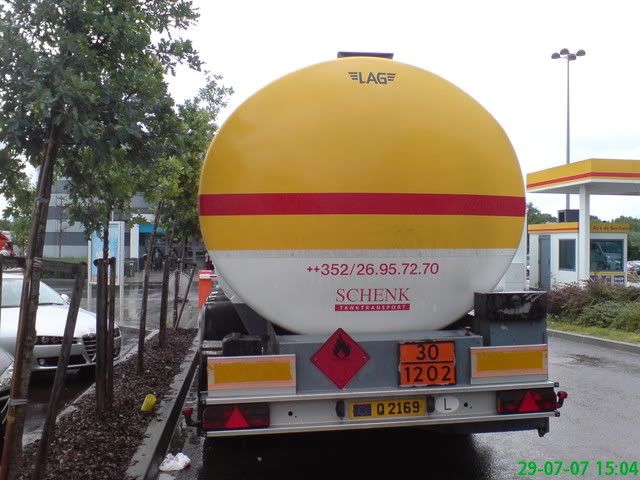AXE MAN:
ok time to pick your brains, at work they have a western diesel bowser, which will hold 1000 liters, I pick it up with the hiab and go round and fill up the machines on site, when I did my ADR course I was told that up to 1000 liters of diesel was considerd outside ADR, you might tell me differnt in a minute, so my question is, when I have the bowser on do I still have to have my orange square’s out 
thanks for your time…
Hi AXE MAN,
 OMG, not bowsers again.
OMG, not bowsers again. 




There are two types of things that people call a “bowser,” and folks frequently get them confused.
Here’s one type of bowser:

This one counts as a tanker because the tank is fixed to the trailer chassis AND exceeds 1,000ltrs and therefore needs an ADR tanker licence and tanker markings to drive it on the roads.
Fortunately for you, you mentioned that you pick up your bowser with a HIAB, so that’s helpful. 
I have to assume that your ‘bowser’ counts as an IBC for ADR purposes, so if that’s true, you are correct to say that the limit is 1,000ltrs without the need for an ADR licence for packages. (An IBC counts as a package)
You haven’t mentioned how many ‘bowsers’ you carry on a vehicle at one time, so I’ll have to say that if you have just 1 X 1,000ltr IBC on board, you’re exempt from 99% of ADR. However, you don’t get a complete walk from ADR’s requirements, because you do THEN need just 1 X 2kg dry powder fire extinguisher. If you load more than one of those bowsers, then ADR applies in full.
Now you know the ADR limit for Diesel carried in packages, the vehicle marking requirements and all the other requirements all kick-in at the same time.
 Just to avoid any possible confusion, the safe space (ullage) allowed above the liquid in the IBC doesn’t count, nor does the size of the bund, if your IBC is of the bunded type.
Just to avoid any possible confusion, the safe space (ullage) allowed above the liquid in the IBC doesn’t count, nor does the size of the bund, if your IBC is of the bunded type.
BTW, What you’re calling “orange squares” are properly called ‘orange coloured plates.’ 
The size of an orange coloured plate is 40cm X 30cm (width X height,) so they can’t be called a “square.” 

Is my guess that your bowser is an IBC correct please??
![]()





